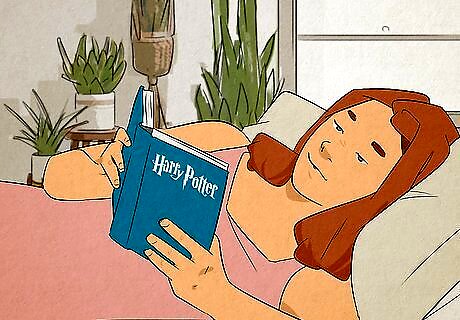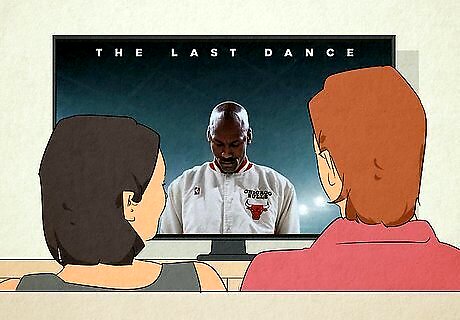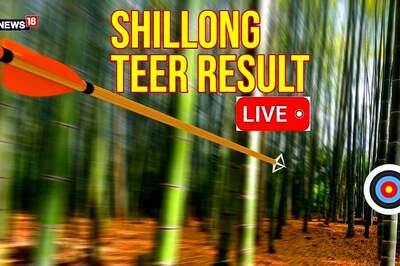
views
- If something’s make-believe, it’s fiction. If something’s real, it’s nonfiction.
- A story with real-life characters and events depicted factually is nonfiction, whereas a story that stretches the truth of a real-life event is fiction.
- Fiction and nonfiction works can be similar in tone because they can share the same literary devices, such as similes, metaphors, imagery, and more.
Fiction & Nonfiction in a Nutshell

Fiction and nonfiction are storytelling genres. We classify books, movies, and television shows with these genres to say, “This is real” or “This is fake.” As a general rule, something that has any element of make-believe (whether that’s dragons or a character that isn’t real) is fiction, and anything that’s 100% factual is nonfiction. Think of it like this: when you write an essay, you’re writing nonfiction; when you write a short story with you as the main character, you’re writing fiction.
What is fiction?

In fiction, the plot, settings, and characters are made up. This popular genre is imaginative and created by the storyteller. Yes, real-life events or people may influence the story, but it isn’t factual. The creator typically makes the story up in their head for entertainment purposes. Fiction is often subjective, meaning it’s greatly influenced by a storyteller’s personal feelings and opinions. A fictional story can be given in different points of view (first person, third person, etc.). Fictional storytellers use descriptive language and literary devices like similes, metaphors, and personification to put their audience in their story. Many of the movies, television shows, and books you love are fictional. See if you recognize any of these fiction titles: Ted Lasso (2020) Law & Order (1990 - present) Stranger Things (2022) Dune (2021) Back to the Future (1984) You’ve Got Mail (1998) Harry Potter by J.K. Rowling Pride and Prejudice by Jane Austen To Kill a Mockingbird by Harper Lee
What is nonfiction?

In nonfiction, the story is based on facts. Although nonfiction follows many of the same literary devices as fiction, it showcases true events and history. For something to be nonfiction, it has to be 100% factual. A flair for the dramatics or a bit of creative language can help make the story more appealing, but it must be true all the way through and not invented. Nonfiction is generally objective, as facts are given to reach a conclusion. A nonfiction piece of work follows the storyteller’s personal point of view or that of another individual. Nonfiction books tend to have glossaries, bibliographies, or an index. The purpose of nonfiction is to entertain, inform, and/or persuade. Newspapers, biographies, autobiographies, history books, speeches, and documentaries are usually nonfiction. Here are some titles you may recognize: Sapiens: A Brief History of Humankind by Yuval Noah Harari Educated by Tara Westover I’m Glad My Mom Died by Jennette McCurdy The Last Dance (2020) Tell Me Who I Am (2019) Miss Americana (2020) “I Have A Dream” by Martin Luther King, Jr. “The Ballot or the Bullet” by Malcolm X



















Comments
0 comment